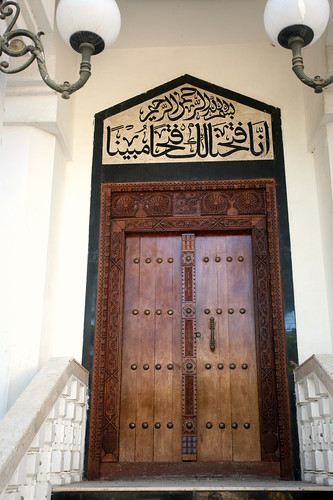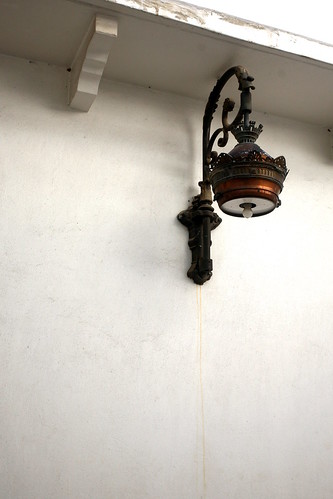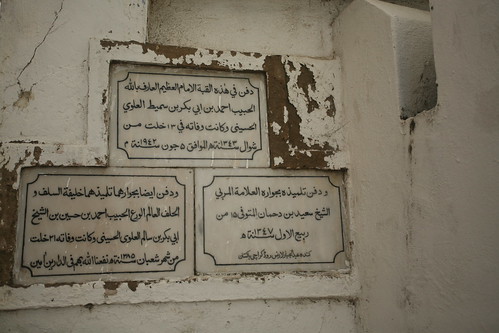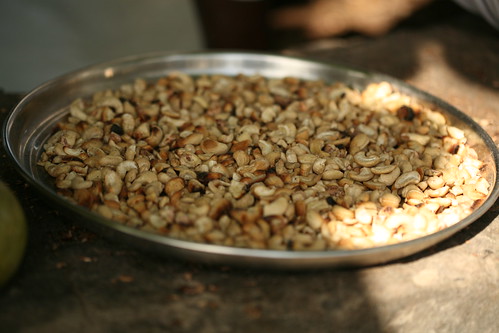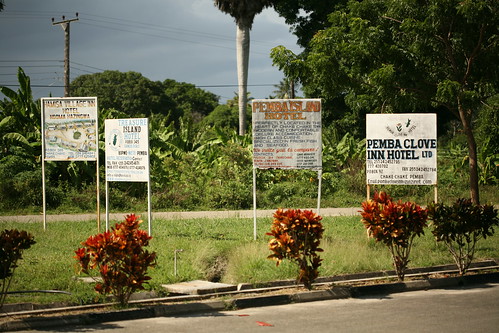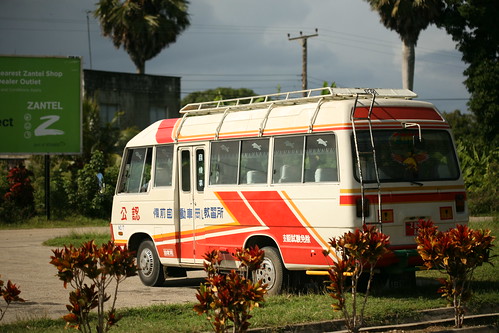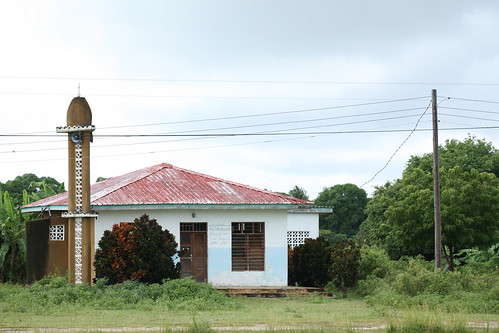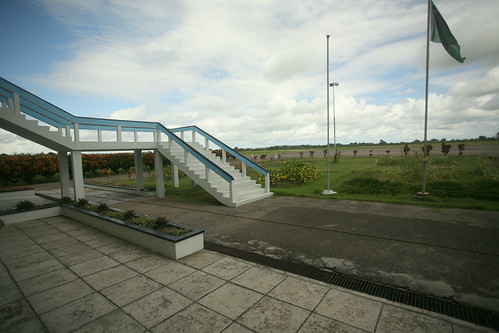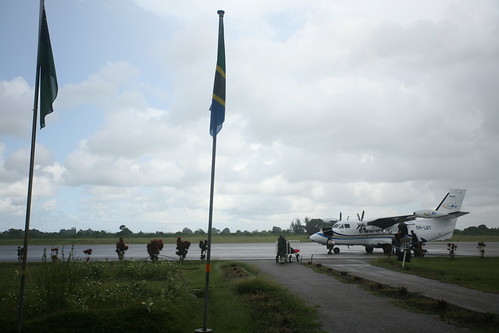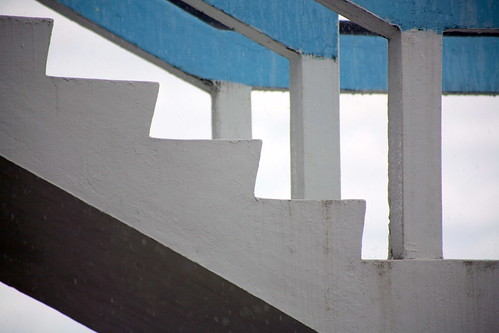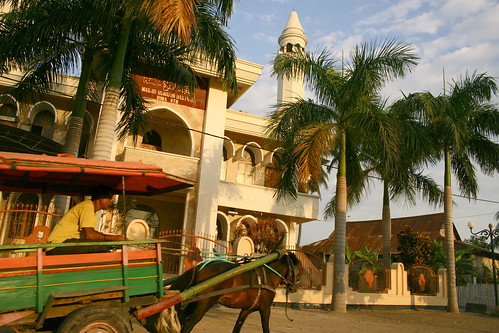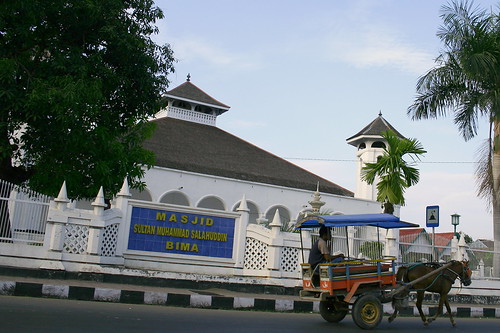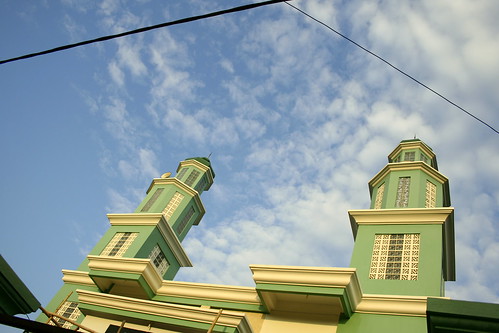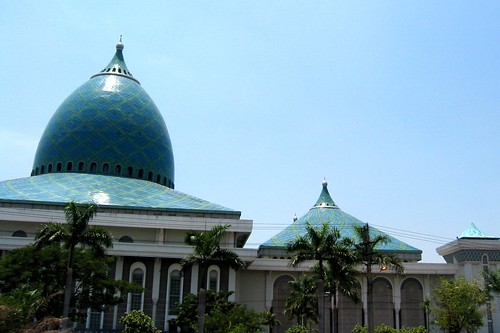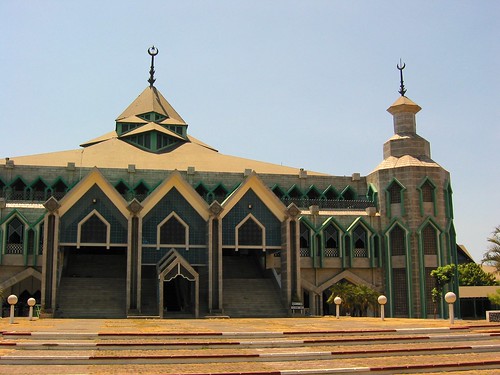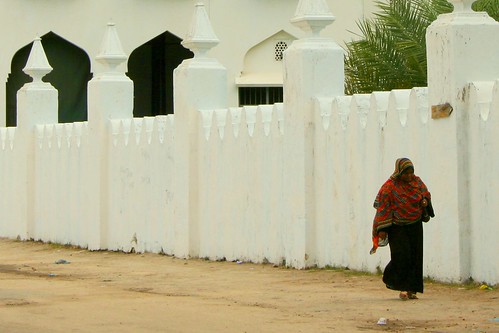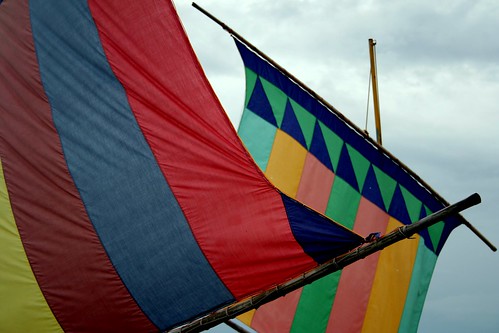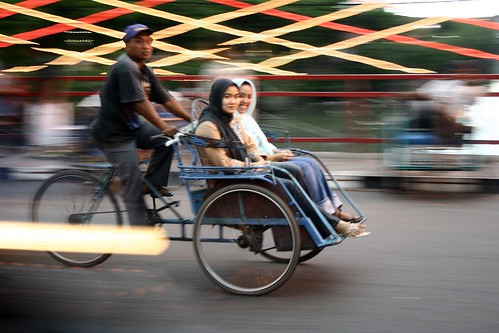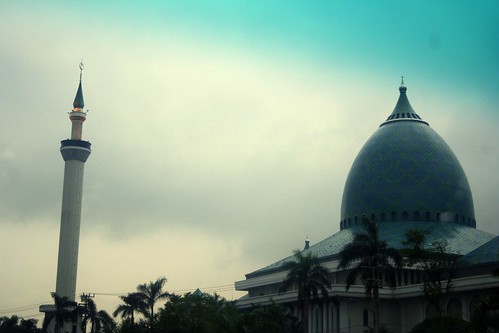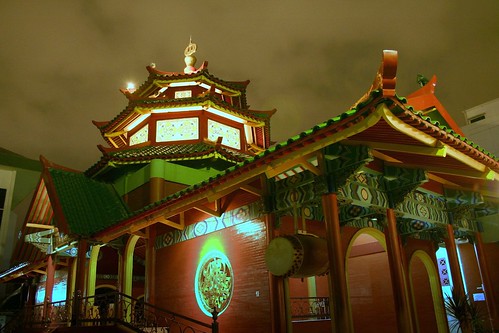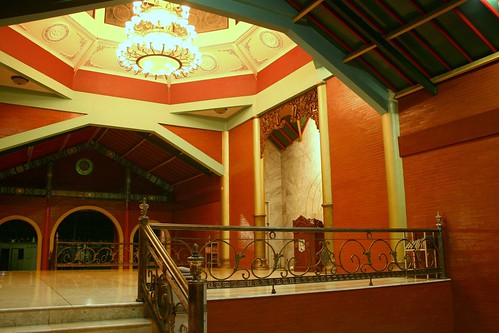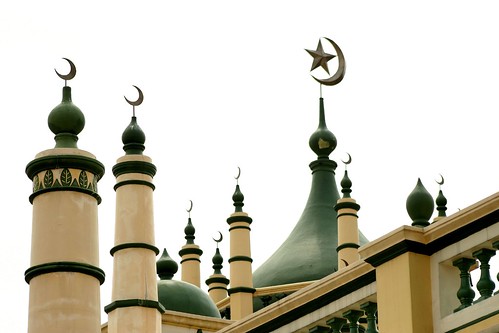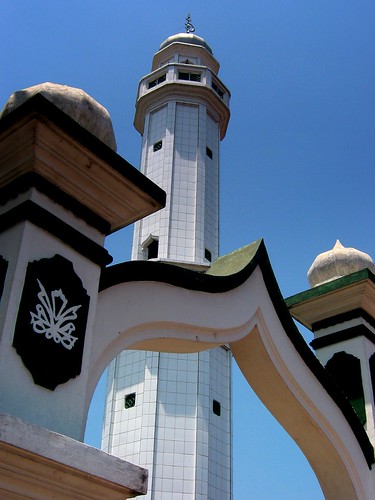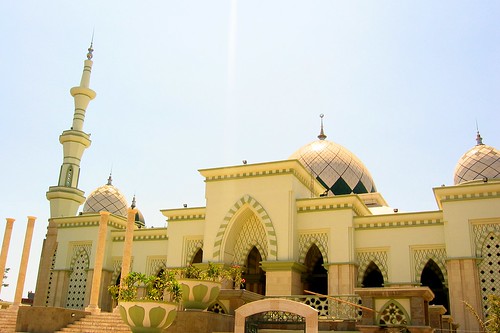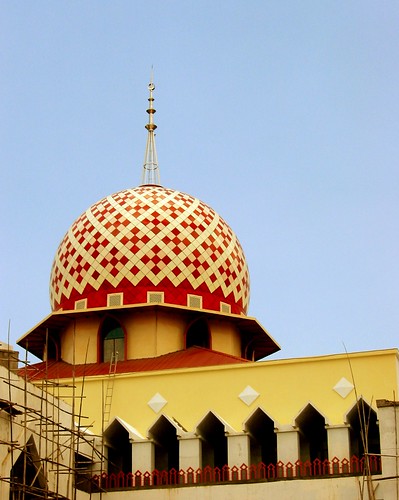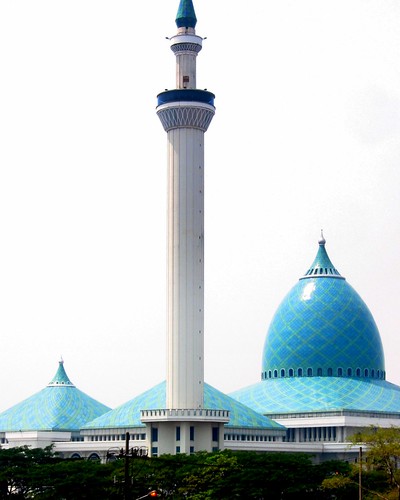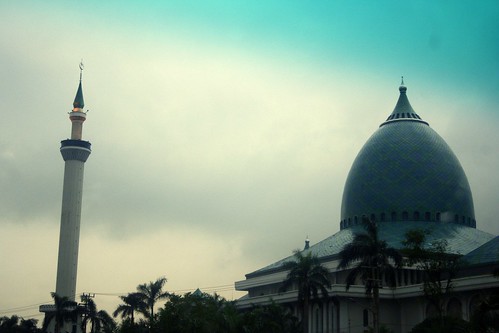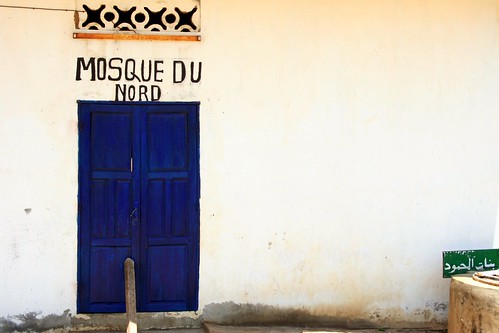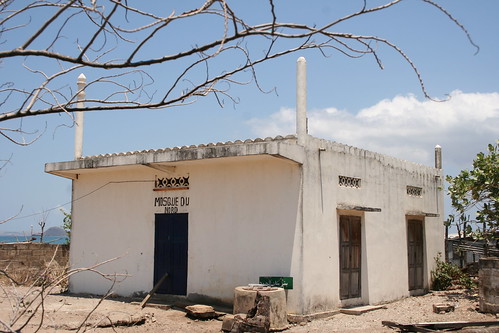In the 14th century, there was no Philippine nation, at least not in the political concept of a united archipelago of 7,107 islands under one government. What were extant were settlements and states called barangays, self-sustaining mostly but nonetheless trading on a regular basis with the Chinese, the Arabs and the Javanese. Islam was but a product of the cultural exchange with neighborhood islands that are now part of Malaysia and Indonesia in particular and Moghul India by extension.
Islam went far north in Luzon, even establishing a stronghold in Manila, although most of the islands remained animist with some elements of Hinduism and Buddhism. The fabric of history changed however when the Spanish came in 1521 and the subsequent imperialistic push of the Spaniards in the later part of the century became such a success that Islam’s hold in the country slipped. Today, Filipino Muslims comprise only about 5% of the population and are concentrated in the southern part of Mindanao.
The Muslim tradition in the South is understandably rich. In the 19th century, the power of the Islamic sultanate of Sulu was of significant import that its sovereignty extended as far as Sabah which it actually owned. Ethnologically, Muslim Philippines is not a single society but highly diverse. There are three main groups, the Maguindanao, the Maranaos and the Tausugs. Other subgroups are smaller and are marked by a different language and unique indigenous cultures, like the Samals and Badjaos of Sulu and the Yakans of Basilan.
Diverse they may be, these groups are united, firmly and inexorably, by religion. In this context, it became an exciting venture for me to photographically document the one identifiable symbol of the Islamic religion –the mosque or the holy place of worship.
I have been lucky to be a frequent visitor to the Sulu archipelago and these photographs specifically center on the mosques in Tawi-Tawi, the southernmost province in the country. These gems are definitively lesser seen by the majority of the Filipinos, but no less outstanding for their distillation of the Islamic esthetics.
Mosque of Makhdum, Simunul Island, Tawi-Tawi, the Philippines
Islam was introduced in the Philippines by the Arabian missionary Sheik Karin UI Makhdum. He built the the first Muslim mosque in 1380 A.D. in the small island of Simunul just across Bongao, the capital of Tawi-Tawi. Primarily fashioned of logs, the mosque in Tubig Indangan expanded as the population and the popularity of the religion grew.
Since its foundation, it still is a functioning mosque. Today, the mosque of Makhdum is a national monument and is an acknowledged mecca of the Philippine and Asian Muslim religious. Every Friday is a busy affair where scholars, students and the faithful gather as a community of believers.

Canon EOS 350D Digital, 1/800s, f/6.3, 34mm, ISO 100
the mosque of Makhdum, Tubig Indangan, Simunul Island, Tawi-Tawi province, Autonomous Region of Muslim Mindanao, the Philippines

Canon EOS 350D Digital, 1/1000s, f/5.6, 18mm, ISO 100, -1/3 EV
full view of the mosque in of Makhdum, Tubig Indangan, Simunul Island, Tawi-Tawi, the Philippines
The Sheik Makhdum continues to enjoy local mythical status. His legend includes that of a powerful imam who can lift 3-foot diameter pillars. His remains is being claimed to have been buried by two separate islands, one of which is Simunul of course. Both graveyards are claimed to be “growing” or “rising” to this day.

Canon EOS 350D Digital, 1/160s, f/5.6, 25mm, ISO 800, -1/3 EV
one of four remaining pillars inside the mosque of Makhdum, Tubig Indangan, Simunul Island, Tawi-Tawi, the Philippines
the Makhdum Memorial, Sibutu island, Tawi-Tawi, the Philippines
The “other” claimant as the burial place of the Sheikh is Sibutu island, a municipality that used to be part of Sitangkai, the last set of islands that is nearer to Sabah, Malaysia than the main island of Mindanao itself. In Sibutu now stands a colorful and still unfinished memorial in honor of the Sheikh. Behind the memorial is the graveyard of the Sheikh which is just a plain marked mound of dirt.

Canon EOS 350D Digital, 1/800s, f/5.6, 18mm, ISO 100
Makhdum memorial, Sibutu, Tawi-Tawi, the Philippines
the Mosques of Sibutu, Tawi-Tawi, the Philippines
Probably the biggest mosque in Sibutu is the one in Tandubanak. Sporting a pink and green motif, it stands proudly alongside the narrow and singular road that bisects the island. Without any wide angle lens, it is difficult to capture the full breadth of the beautiful mosque so the next best alternative is to show how stately it stands out against the wooden houses of stilts that are typical of Tawi-Tawi.
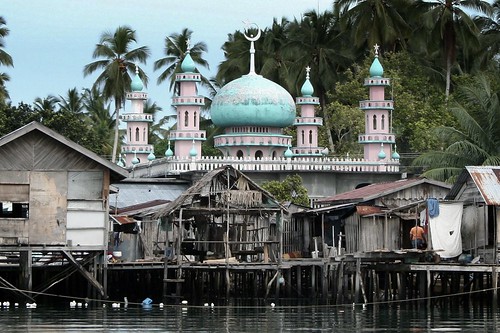
Canon EOS 350D Digital, 1/100s, f/11, 55mm, ISO 100
the Masjid of Tandubanak in Sibutu island, Tawi-Tawi, the Philippines
Sibutu is a poor municipality. Its main source of livelihood is the open seas, most importantly seaweed cultivation, as well as the more traditional fishing. The economic constriction of the community does not preclude the people from sprucing up their mosques. Below is a mosque in Ligayen with its dome made of hammered GI sheets. The paint is flaking but the crescent stands proud as always.
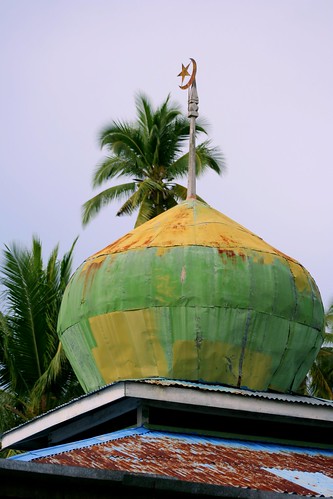
Canon EOS 350D Digital, 1/1000s, f/4.0, 75mm, ISO 100
the dome of the mosque of Ligayen, Sibutu, Tawi-Tawi, the Philippines
Masjid Haji Imam, Sitangkai, Tawi-Tawi, the Philippines
Sitangkai is an anomaly even in Muslim Philippines. The 25,000 people or so living in Sitangki chose not to live in the speck of the island but rather on a network of house of stilts on the reef, connected by walkways and manmade causeways. The main population belong to the Samal and the Badjaos, both of whom find it unimaginable to live on “enchanted” and “wild” land (kappat). The island is where you can find though the graveyards, the military detachment, the schools and of course, the main mosque of Haji Imam, the oldest in Sitangkai. It features four tall minarets and a golden dome.
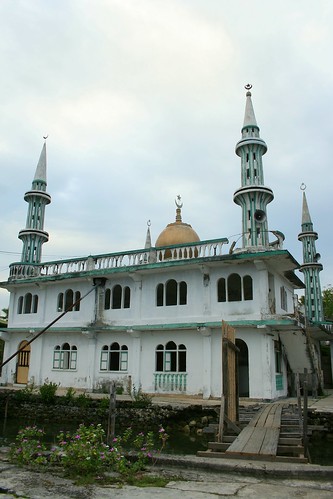
Canon EOS 350D Digital, 1/100s, f/5.6, 18mm, ISO 100, -1/3 EV
Masjid Haji Imam, Sitangkai, Tawi-Tawi, the Philippines

Canon EOS 350D Digital, 6.0s, f/5.6, 300mm, ISO 100
the golden dome of Masjid Haji Imam, Sitangkai, Tawi-Tawi, the Philippines
Musholla in the Capitol, Bongao, Tawi-Tawi
To cap the tour of mosques of the province of Tawi-Tawi, I will end in its capital in Bongao. Being part of the Autonomous Region of Muslim Mindanao, Tawi-Tawi has a provincial capitol building that has a musholla (Muslim prayer room) in its topmost foor. Flanked with watchtower minarets at the corners, the capitol is located on the hill overlooking the entire poblacion (town center).
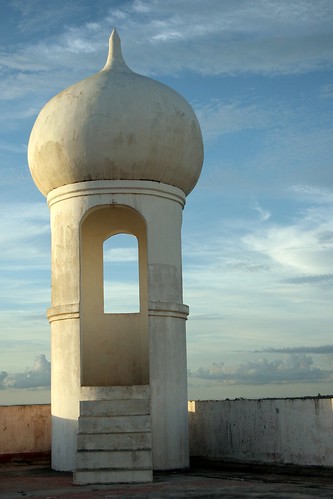
Canon EOS 350D Digital, 1/1250s, f/5.6, 37mm, ISO 400
a corner minaret at the Provincial Capitol of Bongao, the capital of Tawi-Tawi province, Autonomous Region of Muslim Mindanao, the Philippines
The musholla’s interior is modern and sparse. Its walls and floors are made of hardwood. As in mosques, this one has no furnitures. In the picture below, you can only see a clock, a Koran bookstand and several sajada prayer carpets.

Canon EOS 350D Digital, 0.4s, f/5.6, 18mm, ISO 400
the musholla at the Bongao Capitol, Bongao, Tawi-Tawi, the Philippines



